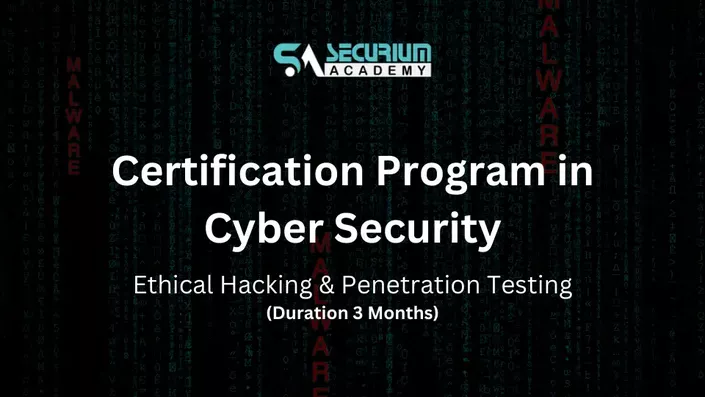Introduction
Spear phishing is a highly targeted form of phishing where cybercriminals craft personalized emails or messages to trick specific individuals or organizations into revealing sensitive information. Unlike general phishing attacks, spear phishing uses personal details to appear more convincing, making it a significant cybersecurity threat.
💡 Example: You receive an email that appears to be from your manager, requesting you to update your login credentials on a company portal. However, the link in the email directs you to a fake website designed to steal your password.
How Spear Phishing Works
1️⃣ Information Gathering – Attackers research their target using social media, company websites, and publicly available data.
2️⃣ Creating a Fake Identity – The attacker impersonates a trusted person (e.g., boss, colleague, IT support).
3️⃣ Sending a Convincing Message – A personalized email or message is sent, often containing a malicious link or attachment.
4️⃣ Exploiting Trust – The victim clicks the link or downloads the attachment, unknowingly installing malware or sharing confidential information.
5️⃣ Gaining Access – Cybercriminals use stolen credentials to breach accounts, spread malware, or steal data.
How to Identify Spear Phishing Attacks
🔍 Unusual Email Addresses: Check if the sender’s email has slight misspellings or extra characters (e.g., [email protected] vs. [email protected]).
🔍 Urgent or Unusual Requests: Be cautious of emails pressuring you to act quickly, such as updating passwords, transferring funds, or sharing data.
🔍 Spoofed Links: Hover over links before clicking to see if they lead to the correct domain.
🔍 Unexpected Attachments: Be wary of emails with unexpected files, especially .exe, .zip, or .docm formats.
🔍 Grammar & Spelling Mistakes: Professional emails rarely contain errors, while phishing emails often have mistakes.
How to Protect Yourself from Spear Phishers
✅ Verify Before You Act
- Always confirm requests through a secondary communication method (e.g., call the sender directly).
- If an email claims to be from a colleague, check with them in person or via company chat.
✅ Enable Multi-Factor Authentication (MFA)
- MFA adds an extra layer of security, making it harder for hackers to access accounts even if they obtain your password.
✅ Limit Publicly Available Information
- Avoid sharing personal details (email, job title, birthdate) on social media to prevent attackers from gathering intelligence on you.
✅ Use Strong & Unique Passwords
- Never reuse passwords across multiple accounts. Use a password manager to generate and store secure passwords.
✅ Think Before Clicking Links or Downloading Attachments
- If you receive an unexpected email with a link or file, verify its legitimacy before opening it.
- Avoid clicking on shortened URLs (e.g., bit.ly) unless you are sure of the source.
✅ Educate Employees & Conduct Phishing Simulations
- Organizations should train employees to recognize spear phishing tactics.
- Running simulated phishing tests helps employees learn how to respond to real threats.
✅ Use Email Security Solutions
- Enable spam filters and email authentication protocols like DMARC, DKIM, and SPF to prevent email spoofing.
- Security software can detect and block malicious attachments or links.
What to Do If You Fall for a Spear Phishing Attack?
🚨 Change Your Passwords Immediately – Update any compromised accounts and enable MFA.
🚨 Report the Attack – Notify your IT security team or service provider about the phishing attempt.
🚨 Scan for Malware – Run a full system scan using antivirus software to check for potential infections.
🚨 Monitor Your Accounts – Watch for unauthorized transactions, emails, or login attempts on your accounts.
Example Curriculum
Example Featured Products
Showcase other available courses, bundles, and coaching products you’re selling with the Featured Products block to provide alternatives to visitors who may not be interested in this specific product.




